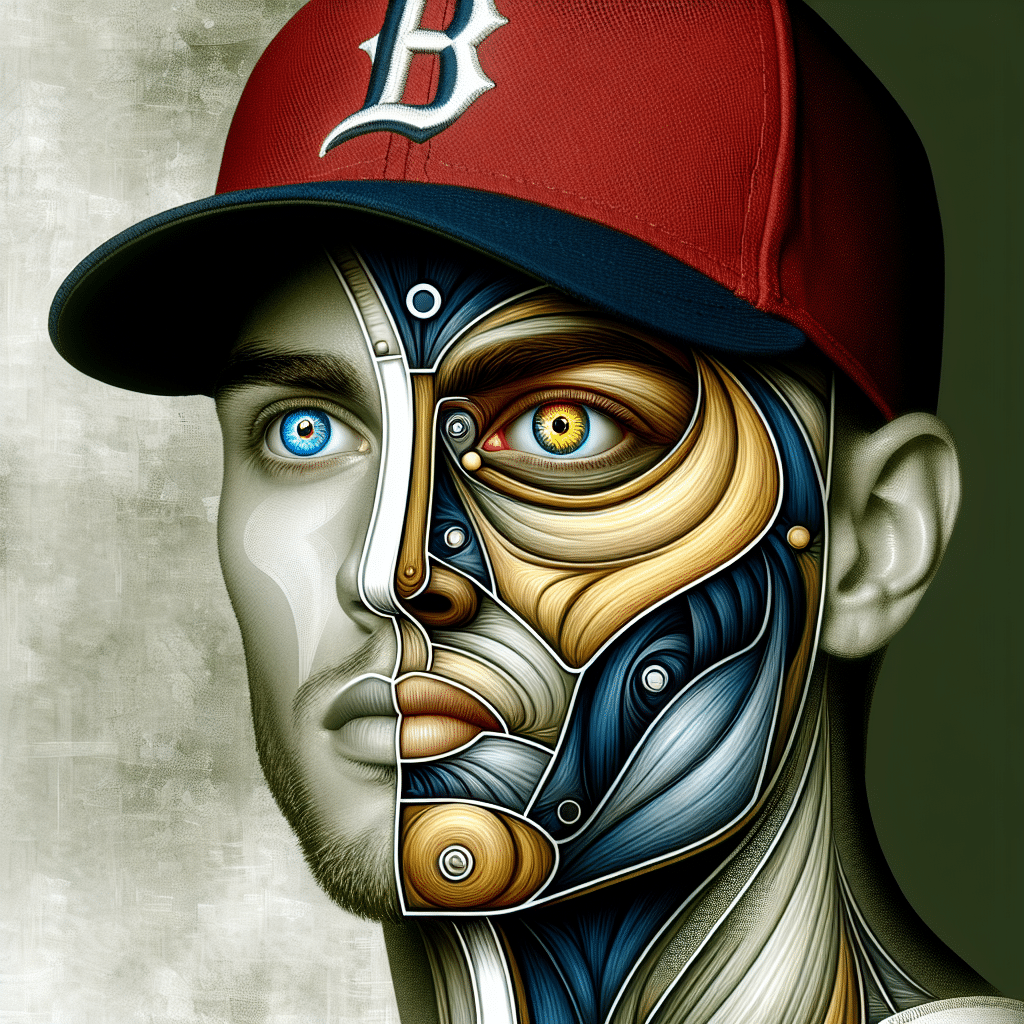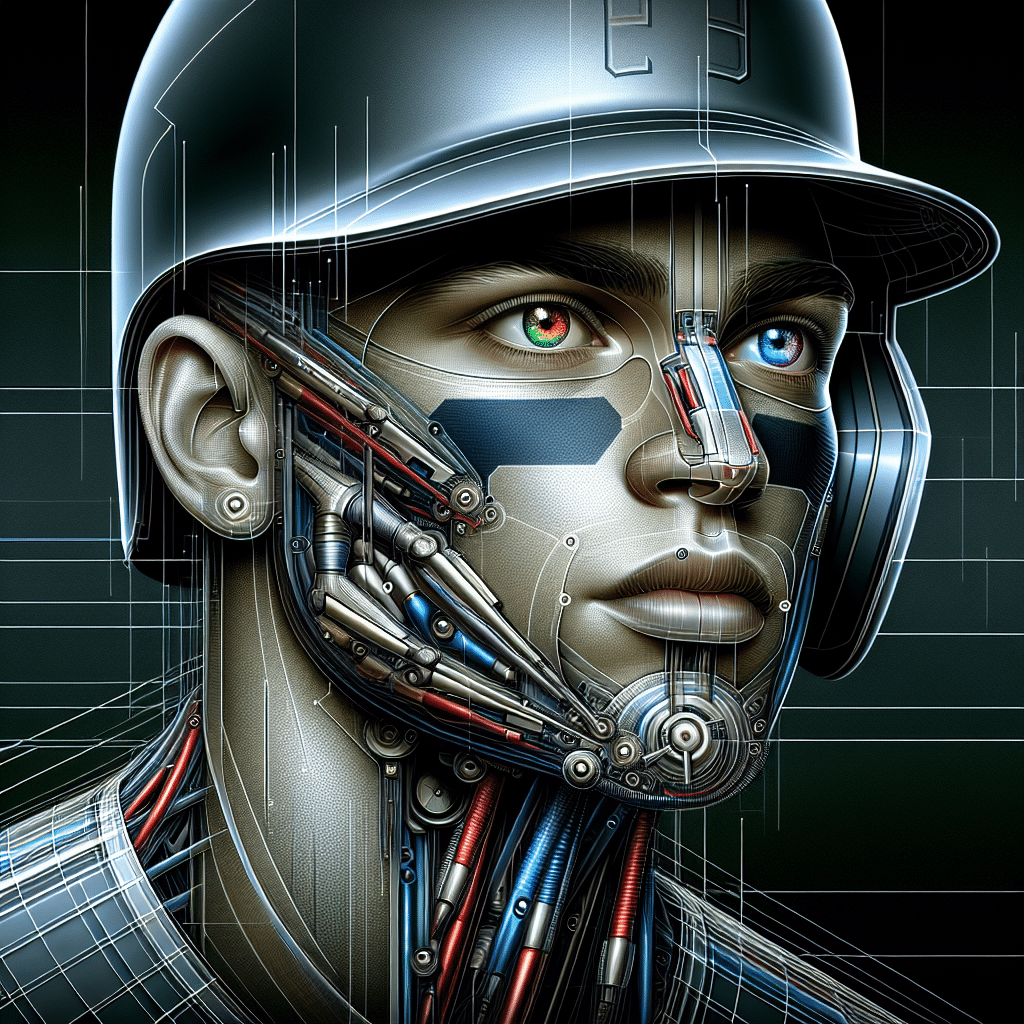The Impact of Eye Color in Baseball
Ever wondered if eye color could affect a baseball player’s game? Turns out, it can, even if just a bit. Let’s dig into how eye color influences performance and the unique glare problem light-eyed players face.
How Eye Color Affects Performance
Eye color might seem like a minor detail, but it can actually impact how well a player sees, especially in different lighting. Blue or light-colored eyes, with less pigment, struggle more with the sun’s glare. This can mess with batting during day games. Take Josh Hamilton, for example. His batting average was noticeably different between day and night games because of this.
On the flip side, players with darker eyes handle glare better during day games. Their retinas have more pigment, which helps absorb light and reduce glare. This gives them an edge in bright conditions.
The Glare Challenge for Light-Eyed Players
Light-eyed players have a tougher time with glare. Less pigment in their retinas means more light gets through, which can mess with their vision during day games.
To tackle this, light-eyed batters often use sunglasses or tinted contacts. Amber lenses are a popular choice because they boost contrast against the green grass and blue sky, making it easier to see the ball (Sportsnet). These accessories cut down on the light reaching their eyes, helping them deal with glare.
While eye color isn’t the be-all and end-all of baseball skills, it’s interesting to see how even small factors can affect performance. So next time you’re watching a game, think about the unique challenges players might face because of their eye color. It might just give you a new way to appreciate the sport!
Tips for Beating Glare on the Baseball Field
Playing baseball with light-colored eyes? The sun can be a real pain. Bright sunlight, less pigment in the macula, and trouble seeing the spin on a pitch can mess with your game. But don’t sweat it—there are ways to tackle these problems and still crush it on the field.
Sunglasses and Tinted Contacts
For light-eyed batters, sunglasses or tinted contacts are game-changers. Amber lenses are especially good—they make the green grass and blue sky pop. By cutting down on extra light, you can see the ball better and react faster.
Dark-Eyed Players’ Natural Edge
Dark-eyed players have it a bit easier. Their eyes have more pigment, which helps soak up light and cut down on glare. This natural advantage means they can focus on other parts of their game, like perfecting their swing or making smarter plays.
Understanding how glare affects you and using the right tricks can make a big difference. Whether it’s rocking some cool shades or using your natural eye pigment, beating glare is key to seeing clearly and playing your best. So, don’t let the sun mess with your game—take charge and shine on the diamond!
What We Found About Eye Color and Baseball Performance
Ever wondered if the color of a player’s eyes could affect their game? Well, some folks have dug into this, and here’s what they found out about hitters and how they perform in day and night games.
Hitters’ Performance Study
Between 2006 and 2014, a study looked at how hitters did in day games and whether eye color had anything to do with it (FanGraphs). Turns out, players with lighter eyes seemed to hit better during the day. On the flip side, those with darker eyes didn’t do as well. The worst performers in day games? Players with the darkest brown eyes.
But hold up—this doesn’t mean eye color is the magic ingredient for hitting home runs. Baseball’s a tricky game with a ton of factors at play. Eye color might be one piece, but it’s far from the whole picture.
Day/Night Split Analysis
Another study checked out how eye color might affect performance in day versus night games in Major League Baseball (FanGraphs). They looked at data from 2006 to 2014 and found that eye color didn’t really make a big difference in how players performed in day games compared to night games. So, eye color isn’t a game-changer when it comes to day/night performance.
These findings are interesting, but let’s not get carried away. Baseball performance is a mix of many things. Eye color alone won’t make or break a player’s career. Skills, training, physical fitness, and mental toughness all play huge roles too.
When we talk about how well someone plays baseball, we need to think about more than just eye color. Things like weather, stadium lights, and even the player’s mood can affect how they play. Plus, how they train, their techniques, and how well they work with their team all matter a lot.
So, while eye color might add a little twist to the story, it’s the blend of talent, hard work, and teamwork that makes baseball so exciting.
Performance Variation by Eye Color
Ever wondered if your eye color could give you an edge in baseball? Let’s dig into how eye color might affect a player’s game, and what it really means for their performance on the field.
Performance Trends by Eye Color
A study from 2006 to 2014 took a close look at how baseball hitters performed in day games, and the results were pretty intriguing (FanGraphs). They sorted players into nine eye color categories and noticed some patterns.
Players with lighter eyes, like blue or green, seemed to shine brighter during day games. Meanwhile, those with darker eyes, especially the deepest brown, struggled a bit more under the sun. The darkest-eyed players had the toughest time, posting the worst day game stats.
Impact of Eye Color on Performance
But before you start blaming your brown eyes for your batting average, let’s get real. The overall impact of eye color on Major League Baseball (MLB) performance is pretty minor (FanGraphs). When you look at all players together, eye color doesn’t really move the needle on day/night performance differences.
What really counts? Skill, training, and experience. Baseball is a game of many talents—physical prowess, mental sharpness, and smart decision-making all play a part. So while eye color might tweak performance a bit, it’s not the game-changer.
When you’re breaking down a player’s performance, eye color is just one tiny piece of the puzzle. Think about their skills, fitness, and even the game environment. For a true picture of what makes a player tick, you need to consider all these factors.
Curious about the eye colors of some MLB stars? Check out our articles on Mike Trout, Shohei Ohtani, Aaron Judge, Mookie Betts, Fernando Tatis Jr., and more.
Baseball is a blend of talent, strategy, and teamwork, creating those unforgettable moments we all love. So let’s celebrate the game and the unique qualities each player brings to the field, no matter their eye color.
Factors Beyond Eye Color
Sure, eye color might catch your eye (pun intended) when talking about MLB baseball players, but there’s a lot more to consider. Let’s break down some key factors: performance analysis and environmental influences in baseball games.
Performance Analysis: The Real Deal
When it comes to evaluating baseball players, you gotta look at the whole picture. Eye color? Fun to chat about, but it’s not really a game-changer. According to FanGraphs, eye color doesn’t significantly affect day/night performance variations in MLB. They even adjusted for things like the quality of the opposing pitcher and platoon splits, and still, eye color didn’t make the cut.
So, what should we focus on? Real stats like batting average, on-base percentage, and slugging percentage. These numbers give you a true sense of a player’s skill and ability. Eye color might be a cool trivia fact, but it’s not what makes a player great.
Environmental Factors: The Game Changers
Baseball is a game where Mother Nature can play a big role. Weather, time of day, and other environmental factors can really mix things up. While eye color doesn’t matter much, things like lighting conditions, wind speed, and temperature definitely do.
Take day and night games, for example. They feel different because of the lighting. But again, FanGraphs found that eye color doesn’t cause a big day/night performance split for infielders and outfielders. Sure, there were some variations, but eye color wasn’t the main factor.
When you’re analyzing a player’s performance, you’ve gotta think about the environment. Wind direction, temperature, humidity, and even the size of the stadium can affect how a player hits, pitches, or fields. By considering these factors, you get a clearer picture of a player’s performance and the context they’re playing in.
Wrapping It Up
So, while eye color might be a fun topic, it doesn’t really impact how MLB players perform. Environmental conditions and a thorough analysis of performance stats give you a better understanding of a player’s abilities. Let’s keep our eyes on the game and appreciate the incredible skills these athletes bring to the field, no matter their eye color.



